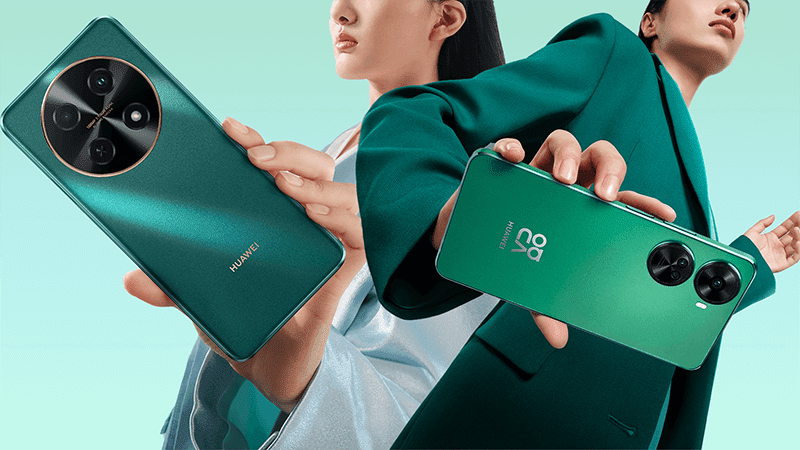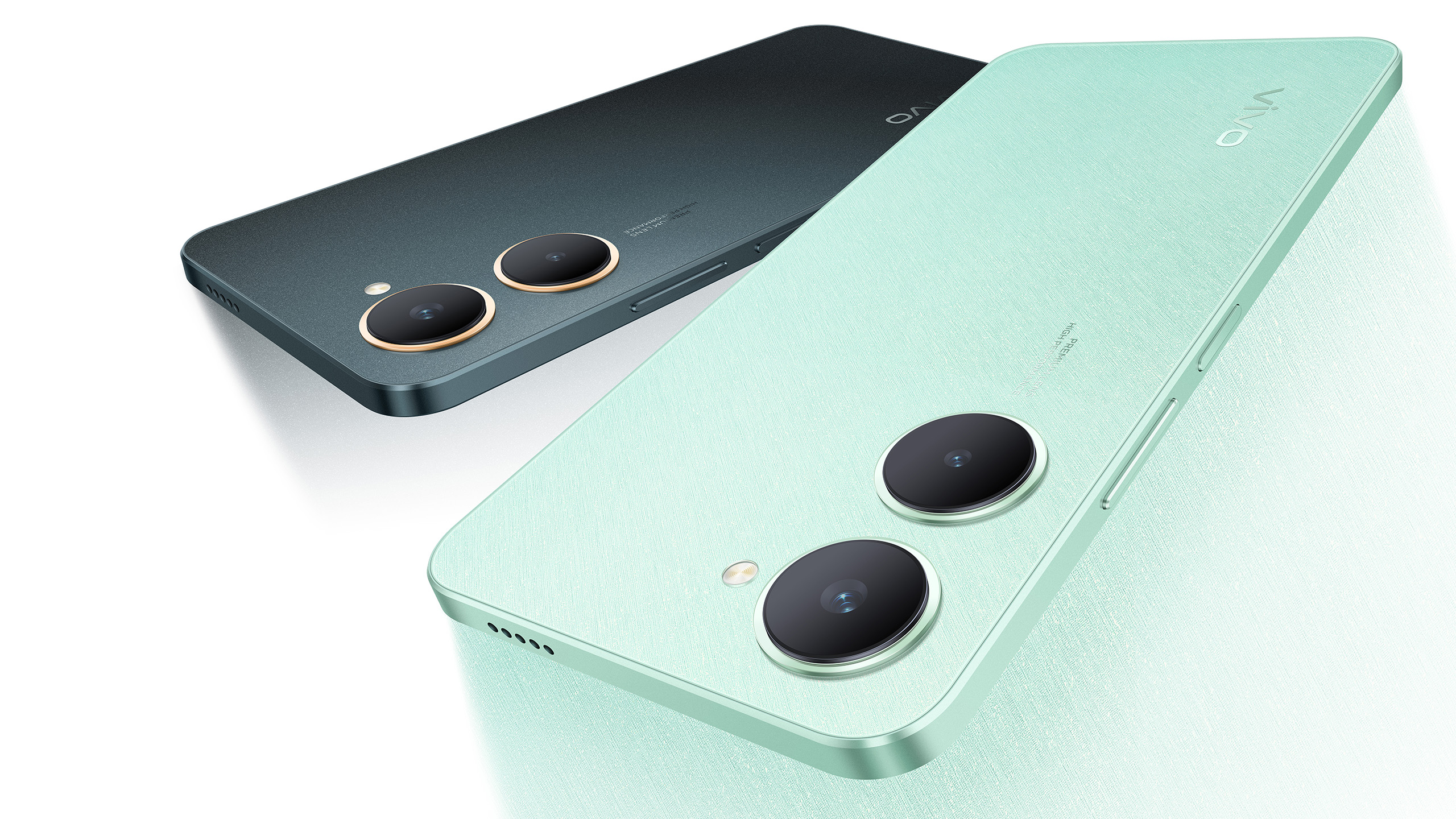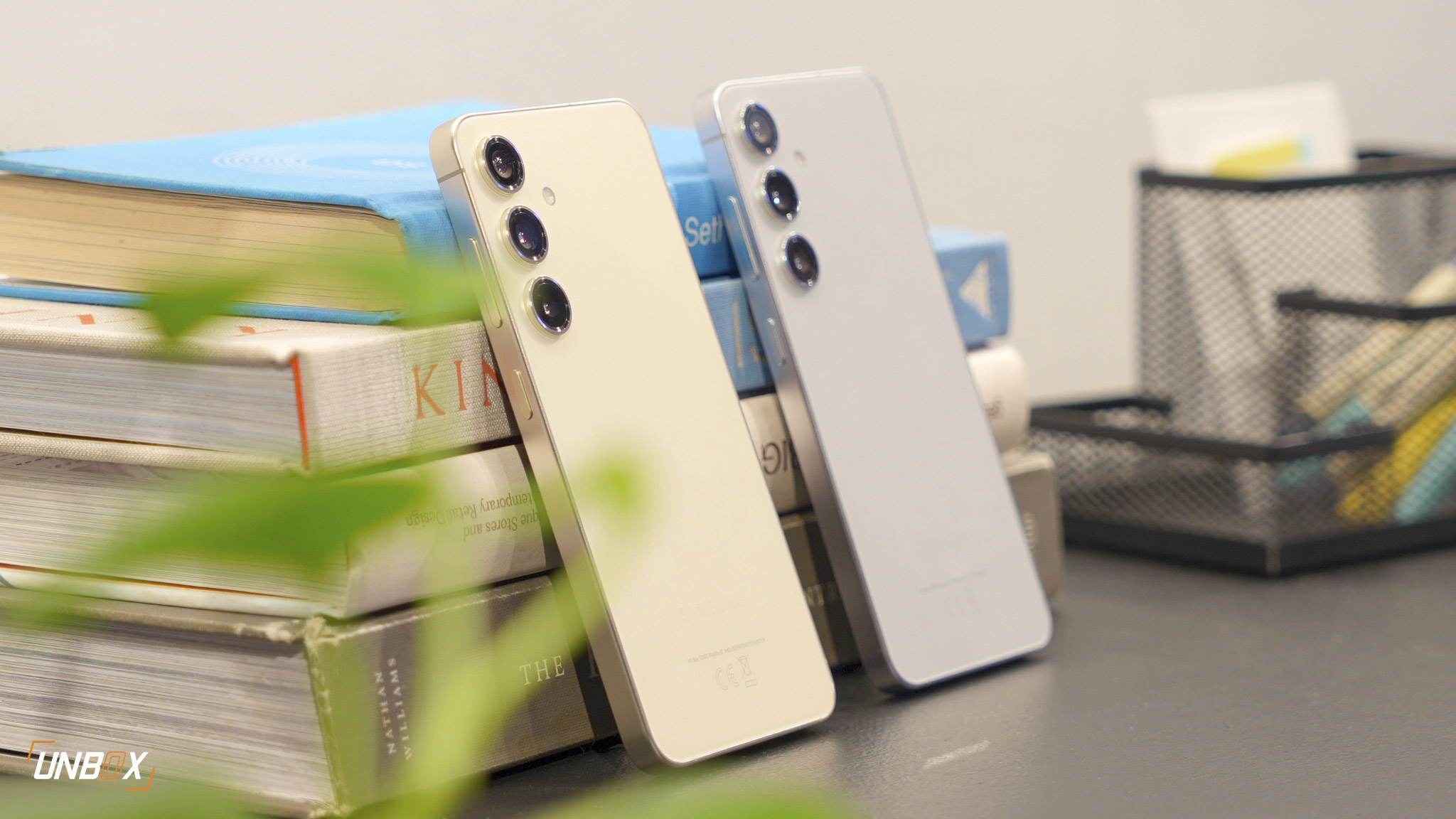We review the Mi 8!
Xiaomi returned to the Philippines this year and with that, every Mi fan’s dream of finally being able to buy the Chinese company’s flagship phone officially, with all the bells and whistles that comes with the official release. While the Mi Mix 2s whet our appetite for an affordable flagship, the Mi 8 is the company’s true flagship for 2018.
What is it?
The Mi 8 is the latest iteration of Xiaomi’s flagship, which jumped a number from the Mi 6 to the Mi 8, in celebration of the company’s 8th year in business. It delivers the same value proposition as the rest of Xiaomi’s smartphone product line: hi-end hardware at an honest price.

How does it look and feel?
Let’s put it this way if you take out that Xiaomi logo at the back, the Mi 8 would pass as a phone made by Huawei, Samsung or any other top-tier manufacturer today. Yes, the phone’s design is a little derivative thanks to its tapered sides, glass back and vertically stacked camera module but there’s no denying the phone is pretty damn well built.

The fingerprint scanner is located on the rear obviously and is pretty easy to find by feel. The blue coloration for our device isn’t as stunning as say, Huawei’s latest flagship or mid-rangers, but it’s still stunningly beautiful to look at nonetheless.

The phone has a metal frame for rigidity, and all the ports and physical controls are located in the places where you’d expect to find them – the power and volume rocker is on the right, the SIM slot is on the left, and the USB Type-C port and speaker grilles are on the bottom.
There have been a few things that have been omitted from the design of the Mi 8 though. The SIM slot is not the hybrid kind, so there’s no expandable storage on the phone. There’s also no IR blaster that’s usually found on Xiaomi’s devices. Even worse, there’s no 3.5mm jack either, so you’ll have to contend with using the phone’s 3.5mm adapter if you want to use your wired cans.
The only complaint we have for the phone’s build is that it smudges easily, and if you’re the type that hates getting fingerprints on their phone you’ll be furiously wiping stains off of the rear, or if you’re like us, just slap the included jelly case on it and call it a day.

That notch looks bigger than the one on other phones. What gives?
Well, Xiaomi decided to put the notch to good use by adding an infrared camera and an illuminator to the row of sensors on the notch. In this way the Mi 8’s notch kind of replicates the setup of Apple’s iPhone X, though it’s not exactly full 3D face mapping.
What’s weird though is that the Face Unlock option for the Mi 8 doesn’t pop up immediately for the Philippine version of the phone. After a bit of digging in the MIUI forums, we found out that it activates if you set the phone’s region to India. That’s a weird workaround to get one of the key features of the phone to work, but at least there’s a way to get it until Xiaomi issues a patch to fix that oversight.

How about the rest of the display?
Well, it looks good. The phone has a 6.21-inch full HD+ Super AMOLED display with a 18:7.9 aspect ratio. The display is nice and bright so it’s readable even under direct sunlight. Color reproduction was also pretty spot on, and colors are punchy without looking too oversaturated. We love how the display of the Mi 8 looks to be honest.

But is it fast?
Like another of Xiaomi’s budget flagships, the Mi 8 comes with Qualcomm’s top-tier Snapdragon 845 processor with an Adreno 630 GPU. And just like the Mi Mix 2s before it, the Mi 8 demolished every task that we set before it, from productivity to gaming.
While the Mi 8 is available in several flavors, Xiaomi is only releasing the 6GB RAM variant in the Philippines, with a choice of either 64GB or 128GB of storage.
How’s the rest of the phone?
The face unlock feature works just as advertised, and since there’s an illuminator built into the notch it works even in the dark. Take note that it’s not as secure as the fingerprint reader, though we have yet to successfully spoof it with the tools available to us.
The Mi 8 comes with what the company calls dual GPS, which allows the phone to tap into an extra band of satellites to give you the most accurate location information possible. Sadly our phone’s GPS was a little wonky, probably due to the phone’s engineering status so we weren’t able to properly test this out.

How are the dual cameras?
Traditionally one of the biggest weaknesses of Xiaomi’s phones were the camera. Not on the Mi 8 though. The has dual 12-megapixel rear cameras, one with an f/1.8 aperture while the other is a 2x optical zoom lens with an f/2.4 aperture. The main shooter has OIS, and has 1.4µm pixels with dual pixel phase detection for better low light performance. The telephoto lens just has 1.0µm pixels.
We’re pretty impressed by the photos taken by the Mi 8’s dual cameras. The shooters have a lot of dynamic range, even for challenging scenes.
Just like most phones today, the Mi 8’s camera is assisted by AI scene detection, which bumps up contrast and saturation depending on what you’re shooting at. We like Xiaomi’s implementation here since AI-assisted images taken with the Mi 8’s camera aren’t oversaturated to the point of looking like a caricature.

How’s the battery, can it last a day’s worth of use?
Absolutely. While the Mi 8 only has a 3400mAh battery, that’s more than enough juice to get you through the day, even with moderate use. PCMark’s battery benchmark puts it at around 11 hours on a single charge, which means it’s probably going to last you until the next morning if you forget to charge it when you get home.

Should I buy it?
Absolutely. Xiaomi has been very consistent when it comes to releasing budget flagships, and the Mi 8 is the best they’ve had for a while. The company has finally managed to come up with a phone that’s an excellent performer all-around. Aside from the recently announced Pocophone F1, you’d be hard-pressed to find another phone that has the same raw value for money that the Mi 8 has.
The basic 6GB/64GB version is priced at Php 25,990, while the higher capacity 6GB/128GB variant is priced at Php 27,990.
Xiaomi Mi 8 specs
- AI-Powered Qualcomm Snapdragon 845 octa-core processor
- Adreno 630 GPU
- 6GB/8GB RAM
- 6.21-inch Full HD+ Super AMOLED display, 18:7.9 aspect ratio, support for DCI-P3, 60000:1 Contrast Ratio
- 64GB/128GB/256GB of non-expandable storage
- Dual 12-megapixel rear cameras (main camera with f/1.8 aperture, telephoto camera with f/2.4 aperture) with 1.4um pixels, 4-axis OIS, 2X optical zoom, Dual Pixel Autofocus, dual-tone flash, AI scene detection and AI portrait
- 20-megapixel f/2.0 front camera with 1.8um pixels, AI Portrait, AI Beauty
- Dual SIM, with 4G LTE, LTE-A
- Dual Frequency GPS, GLONASS
- WiFi, Bluetooth 5.0, NFC
- Fingerprint scanner, USB Type-C port, Infrared Face Unlock
- 3400mAh battery with QuickCharge 4.0
- Android Oreo with MIUI 10
















